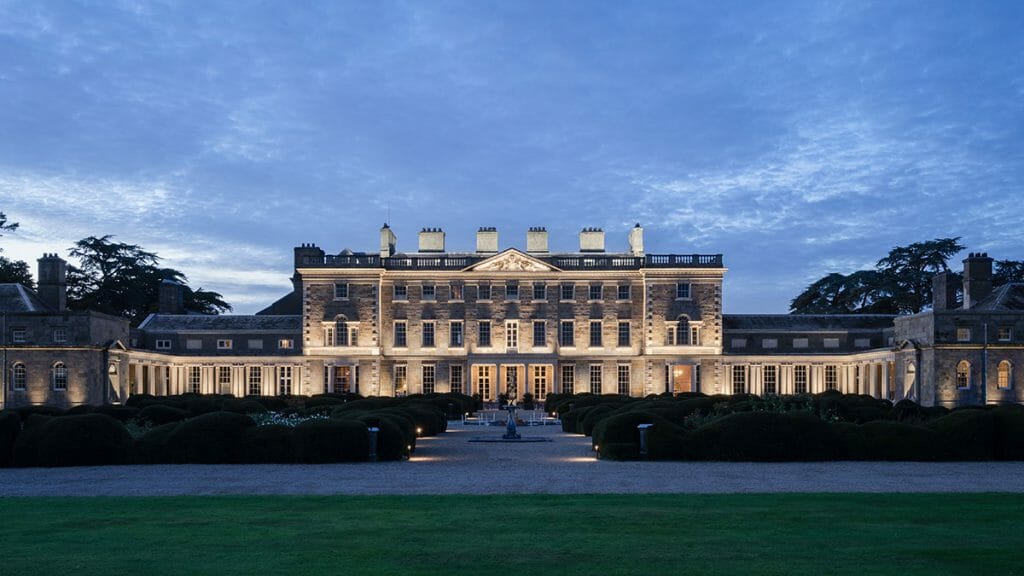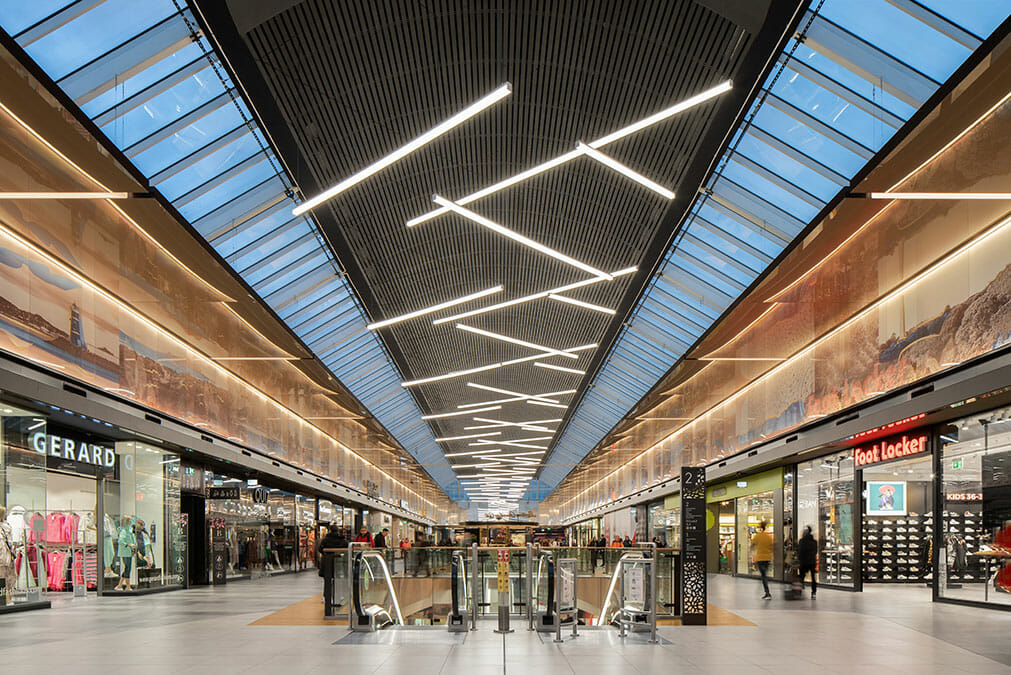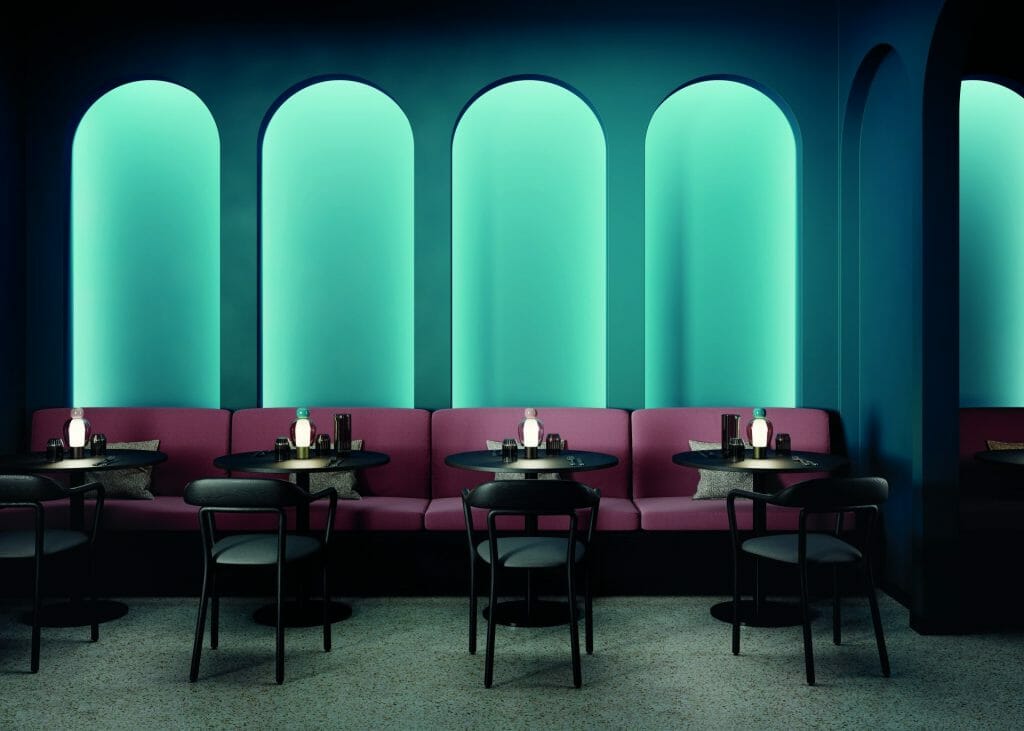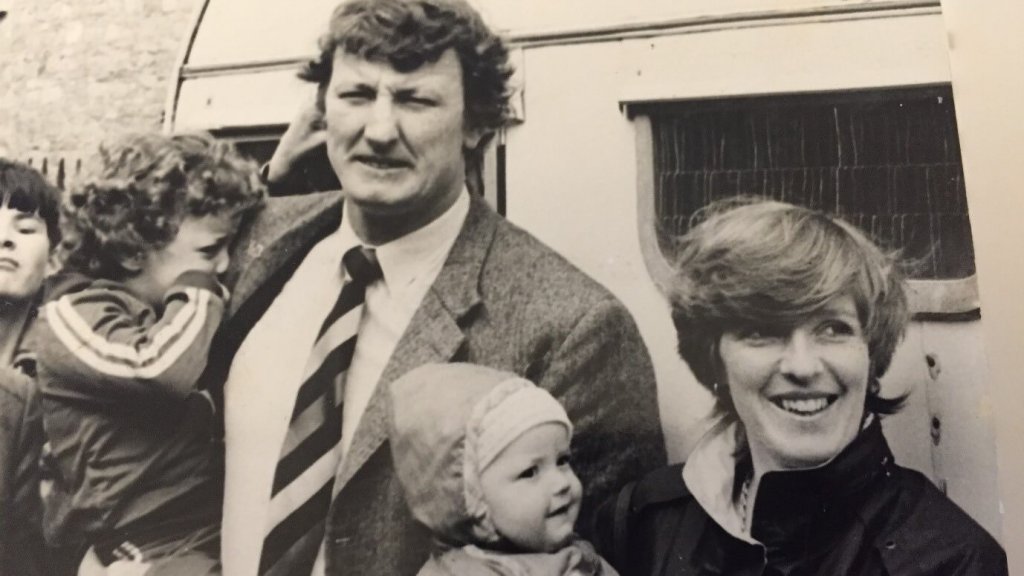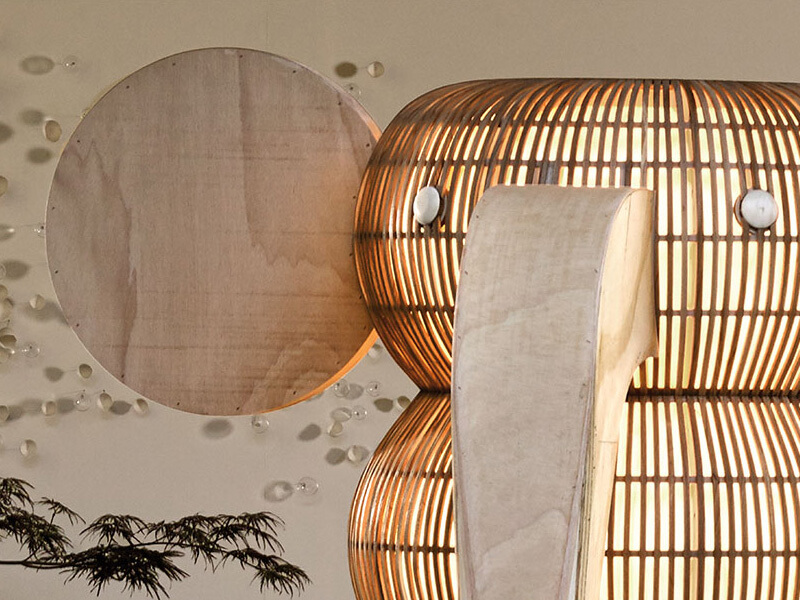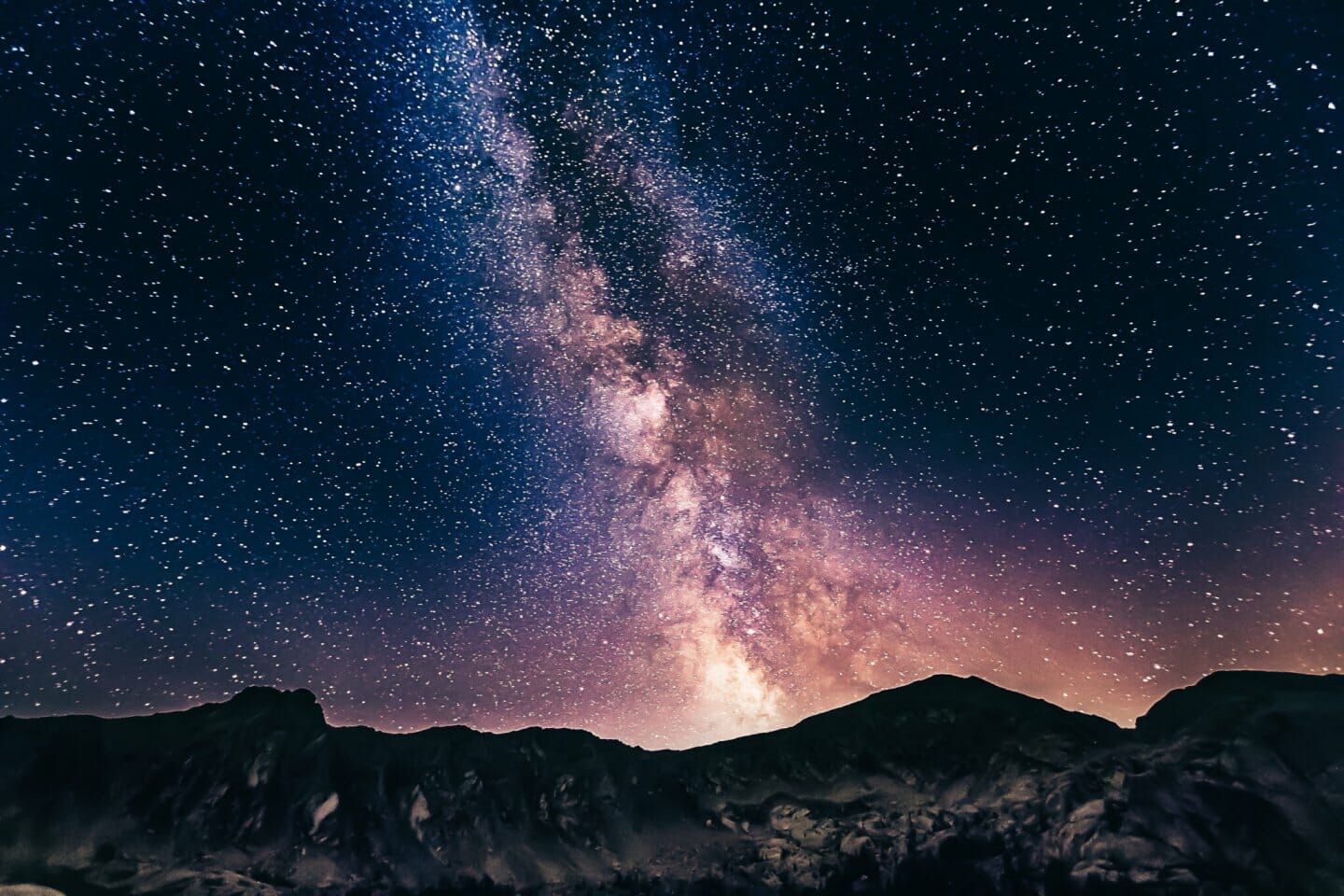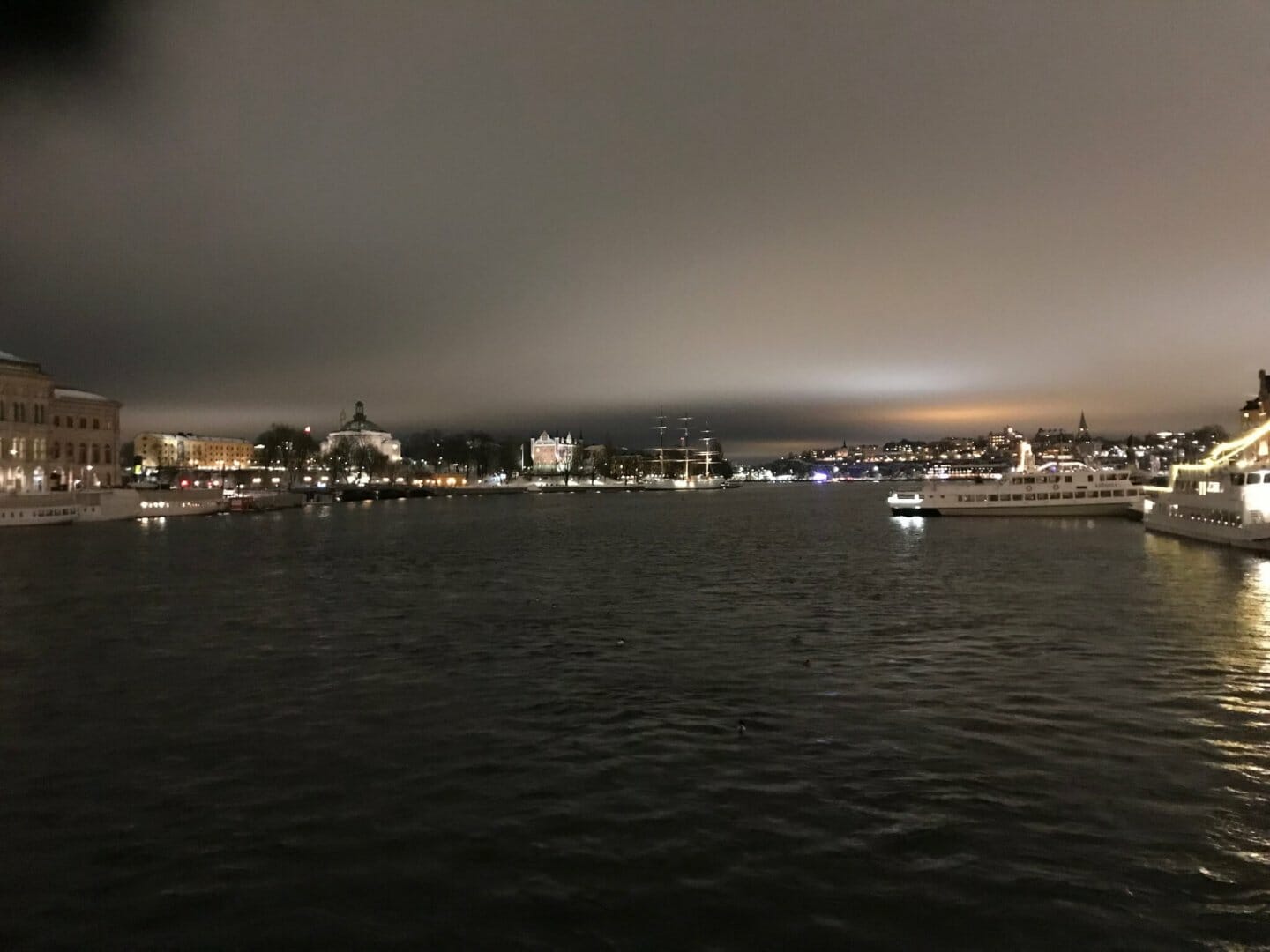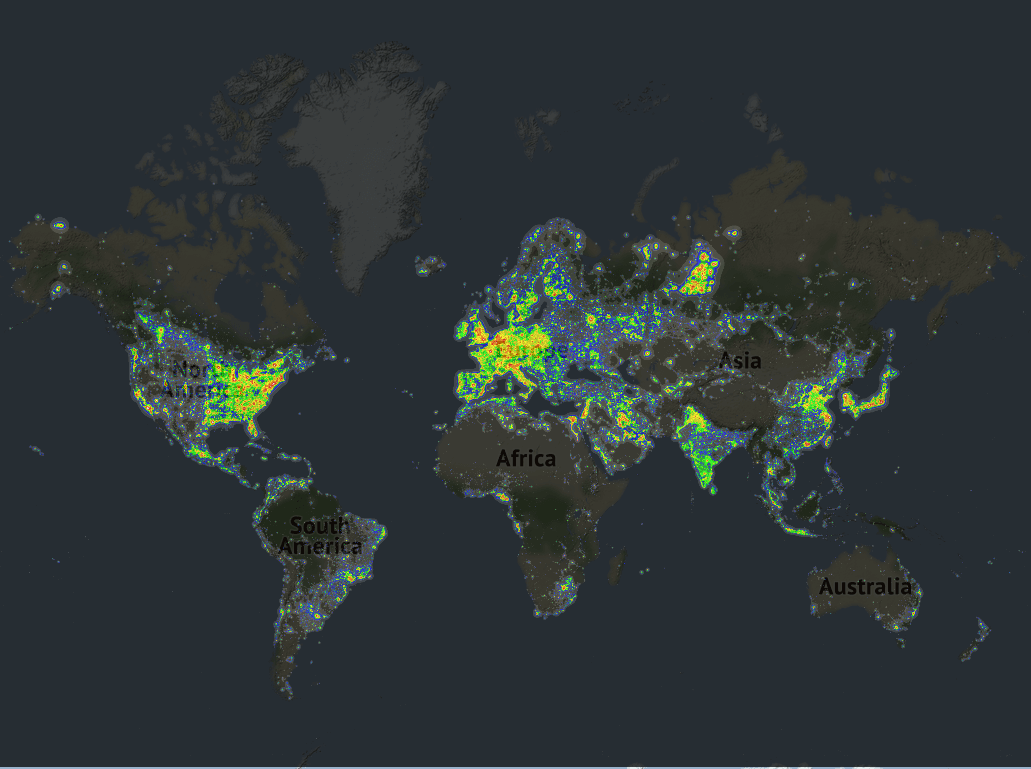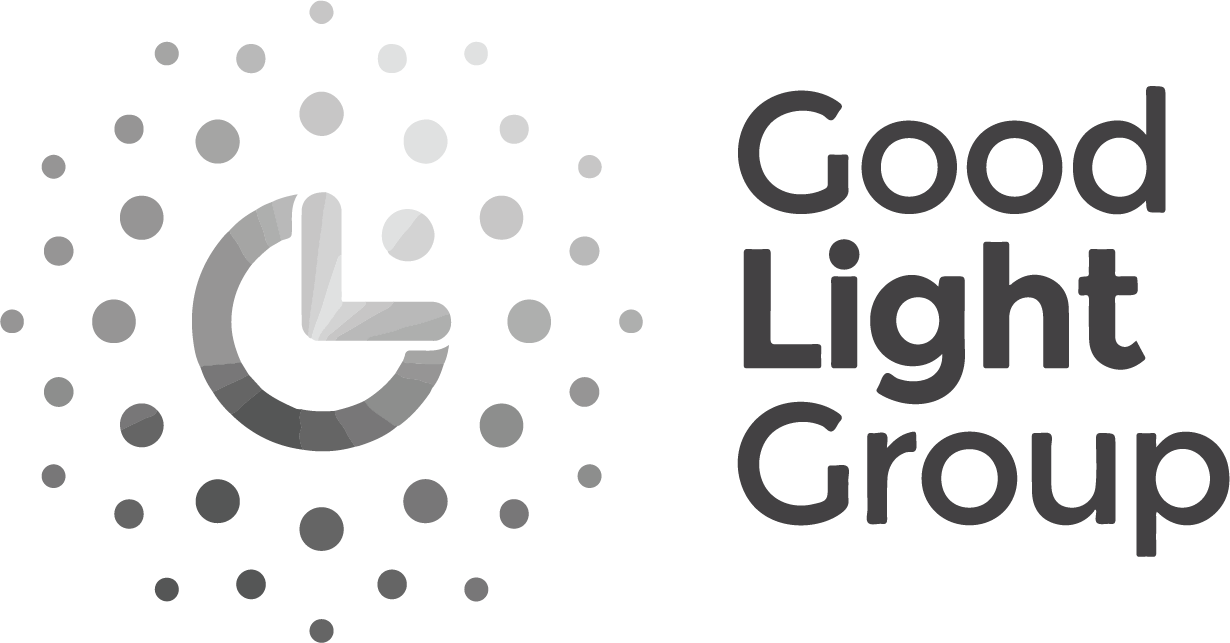- Contact us to discuss our residential design packages
- Shop
- Design
- Inspire
- About
- About
- Blog
- Light Pollution – International Dark Sky Week 2019

- April 3, 2019
- Willie Duggan
This week marks International Dark Sky Week 2019. It highlights the effects of light pollution on our lives, environment and (funnily enough) the sky. Prior to the introduction of artificial electric lighting the night sky was filled with endless amounts of stars, inspiring everything from art to religion and philosophy over the ages. With the advent of electric lighting we took control of one of the biggest influencers of our lifestyles and health, allowing us to work and play throughout the night. Freeing the use of hours previously restricted.
While the growth of artificial lighting as a technology is a large contributor to the advancement of technologies over the last hundred (plus) years we are only very recently beginning to understand it’s effects on our lifestyles, health and the environment as a whole. There is not a single living creature on our planet that evolved to deal with the light levels we have created as humans. Much in the way carbon emissions have influenced the environment we now see that light is having it’s own unique set of issues for us to manage.
The Natural World
Artificial light is beginning to show far reaching effects on the natural wold. While humans understand what artificial light is and to a certain extent can adapt their use of that light to themselves, the natural world has no control.
Bird Life
Birds migratory patterns are heavily influenced by the attraction of bright lights from cities and tall building. The birds become confused and die from exhaustion and collisions. It’s estimated that up to 1 billion birds are killed in North America each year through collisions with buildings.
Coral Reefs
Coral spawns by moonlight. Inextricably synced to it’s movement and intensity. Artificial light reflecting from cloud cover throws off coral’s spawning cycles meaning that eggs and sperm are not released at the same time, introducing a new threat to an already under pressure species.
Insects
We’ve all seen a moth drawn to a single flame. The lights of cities and towns magnify that response in insects, pulling them out of sync with their natural environment. This has a knock on effect on the other animals that might prey on them, reducing their food levels and on plants that are pollinated by night time insects.

Sky Glow Light Pollution – Stockholm 2019 Our Health
Over millennia of evolution all life has evolved it’s own natural circadian rhythm or body clock. It’s your 24 hour internal body clock. It’s the reason some people are night owls and some are morning people. Light has a direct effect on our circadian rhythms as the light frequency changes over the course of the day, warm in the morning toward colder blue light in the middle of the day back to warm in the evening. Building us up and winding us down.
Excessive blue frequency light at night and light pollution spilling into our homes through light trespass has negative effects on our ability to sleep. We evolved to sleep at night in darkness, without night lights, our a glow from the sky. The presence of light while sleeping has negative effects on our sleep patterns as our bodies fail to produce sufficient levels of melatonin (the sleep hormone). In turn this effects our immune systems and opens us to a host of potential other health issues from heart disease to diabetes (although some of these links are not yet fully proven).
There is also the added issue of incorrect lighting at night contributing to stress, anxiety and fatigue in our lives. Blue ferquency light, the common light in technology screens, is most prominent in the middle of the day. At a time where we evolved to be at our most alert and awake. Introducing blue light towards the end of the day does the same thing keeping us awake and restless. In turn there are the psychological effects of lack of sleep.

Global Light Pollution Map via DarkSiteFinder.com Our View of the Universe
Sky glow is something we are all familiar with, mostly without knowing it is even there. Over the last 100 odd years generations have grown up with sky glow. Taking it to be a normal sight in our night skies simply because we don’t know any better. However the reflection of light on the clouds above our heads and the atmosphere is a recent, man-made phenomenon. Being unable to see the star lit sky in all its glory is a uniquely modern problem. The starts have been the inspiration for humans to strive beyond their boundaries and essentially ‘reach for the stars’. Developing cultures, art and philosophy over countless generations.
Atmospheric Pollution
Possibly the most surprising piece of research I came across when writing this piece is that lighting has a direct effect on atmospheric pollution. According to the American Geophysical Union (a global organisation of 501 on-profit geophysicists from 144 countries with 62,000 members i.e. they know their stuff) ‘excessive light in our atmosphere destroys nitrate radicals preventing the reduction of photochemical smog’ (AGU 2019).
Can we fix it?
In the immortal words of Barack Obama and Bob the Builder, ‘Yes, we can!’ Light pollution issues can largely be solved through clever design and planning. When an outdoor space is being lit, generating a tailored, considered lighting solution for the space (with lighting that is capped to reflect light downwards) will go a long way towards addressing this issue in the future. As with the majority of pollution problems the responsibility is on all of us to solve this issue. Whether it’s lighting for our own homes or gardens or developing outdoor spaces with parks, street lighting or commercials buildings.
- Uncategorized
- #IDSW2019, International Dark Sky Week 2019, Light Design, Light Effects, Light Pollution, Light Technology, Lighting

About Willie Duggan
Willie grew up in the family business, stacking boxes, wiring fittings and making deliveries. He went on to study engineering and then lighting design. After working as a lighting designer in London he returned to lead our design team. You can also find Willie chasing a ball round the rugby pitch, at a gig or threading the boards on stage.
Browse by category
Browse by tag
- #IDSW2019
- 2019
- 2021
- 2022 Award Winners
- 48 volt track
- About Us
- Ambient Lighting
- Architect
- Art
- Arturo Alvarez
- Awards
- Bathrom
- Bathroom
- Bathroom Design
- Bathroom Lighting
- Baynetcap
- bedroom lighting
- Behind the Scenes
- Biophilia
- Biophilic Design
- Blanchardstown Shopping Centre
- Blog Post
- Blue
- Brands
- building materials
- bulbs
- Carton House
- church design
- Colour
- Comfort Lighting
- commercial
- commercial design
- Contract Interiors
- cost
- Cottage Design
- Creativity
- Deconstructing
- decorative lighting
- Denise O'Connor
- Design
- Design Team
- Details
- Dining Space Lighting
- Downlighting
- downlights
- E14
- electrician
- Electrics
- Emotion
- Emotional Lighting
- enviromentally friendly
- Estluz Laverd
- Exhibitions
- Experience
- experiential showroom
- Exterior Lighting
- external lighting
- eyelit65R
- Festoon Lighting
- Finalists
- Finances
- first fix
- five star hotel
- floor lamp
- Floor Light
- Floor Plan
- flooring
- functional lighting
- Garden
- Garden Lighting
- Getting the lighting right
- Glare
- GU10
- guide
- Haberdashery
- Hard Wood Flooring
- healthy lighting
- Heart of the home
- hidden lighting
- hints
- Home
- Home renovation
- house design
- Hypro
- Illuminated Furniture
- IMNDA
- importance of windows
- inchsawmills
- Interior Design
- Interior Lighting Design
- Interiors Trends
- International Dark Sky Week 2019
- internorm
- IP Rating
- Irish Times
- Ivela
- Jan Battles
- kitchen
- Kitchen Design
- Kitchen lighting
- Kitchen Squeeze
- Lampshades
- Landscape Lighting
- Layers of Light
- LED
- LEED
- Light
- light and health
- Light Art
- Light Brands
- Light Design
- Light Effects
- Light Fitting
- light masterplanning
- Light Pollution
- Light Technology
- lightbulbs
- Lighting
- Lighting Company
- lighting controls
- Lighting Design
- lighting designer
- Lighting Designers
- Lighting Plan
- Lighting Products
- lighting switches
- lighting tips
- LIT awards
- Living Space Lighting
- LND
- LZF
- Minimal Glare
- Monica Duggan
- mood lighting
- Motor Neurone Ireland
- munster joinery
- Nest
- new build
- New Year
- new york
- newbuild
- Newsletter
- night time lighting
- NYCxDESIGN
- Online Consultation
- Open Plan Space
- Our Team
- Outdoor
- Outdoor Lighting
- Parquet FLooring
- pendant light
- Pendants
- Piet Oudolf
- plastering
- plumbing
- Power of Switching
- Prolicht
- recessed lighting
- reducer
- reflections
- renovate
- Renovation
- Residential Lighting
- Residential lighting design
- retail
- Retro Fit
- riai
- salvaging
- scene setting
- Self build
- Self Build Newsletter
- selfbuild
- senator
- shadows
- sonos
- spacer
- Spotlights
- st bartholomews church
- Studio Italia
- sustainable
- sustainable building
- switching
- table lamp
- Table Light
- talalighting
- Task Lighting
- The Irish Times
- timber frame
- tips
- Trend
- tricks
- UGR
- Unified Glare Rating
- voliere
- willie duggan
- willieduggan
- Windows
- wiring





- Inspire
